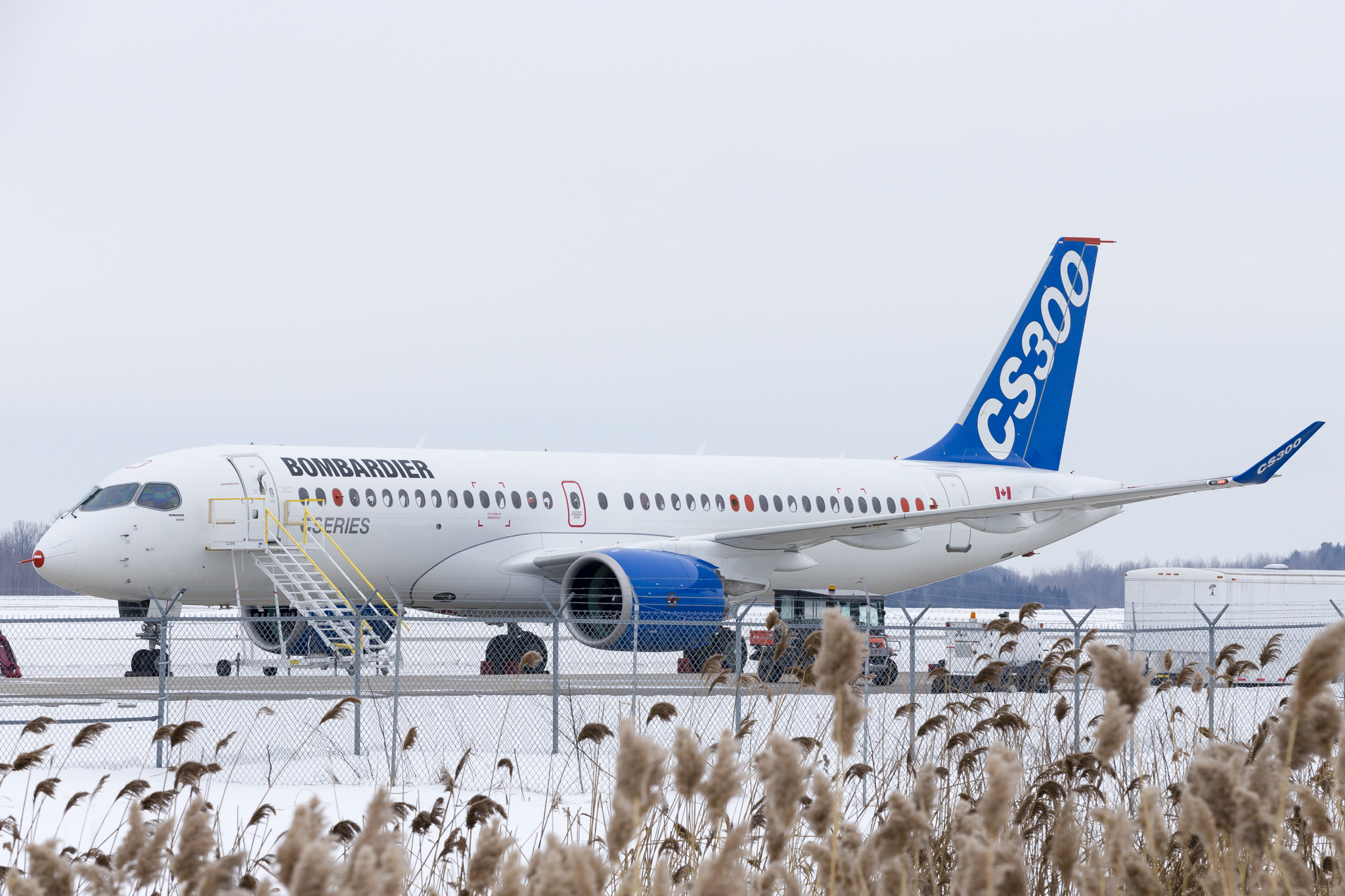Leeham News and Analysis
There's more to real news than a news release.
Pontifications: re-engining airliners and the A380
June 1, 2015, c. Leeham Co. The Paris Air Show begins in two weeks. One thing that won’t happen is the launch of the Airbus A380neo.
We still think it will happen, though at a later date.
Re-engining the A380 is highly controversial. The A380 is the plane critics love to hate. You can argue whether it should have been built in the first place. You can argue whether it was 10 years too soon. You can argue whether Airbus misjudged the size of the market. You can even argue its passenger appeal. I haven’t flown on the A380 yet, so I can’t speak from personal experience on the latter. I’ve previously discussed the other points.
You can argue whether the airplane should be re-engined. Leeham News concluded in January 2014 Airbus really had no choice but to re-engine the A380 if it wants to continue offering the model. If done inexpensively (a relative term, to be sure), it makes sense given the arrival around 2020 of the Boeing 777-9. It’s when design creep happens that trouble arises. Just ask Boeing on the 747-8.
Emirates Airlines says it will buy up to 200 A380neos if Airbus proceeds. Qatar Airways expresses interest. Lufthansa Airlines said a neo is needed to keep the A380 viable in the future, though it hasn’t taken the next step of saying it will buy more.
Re-engining is hardly new. Let’s take a look. Read more
Can PIPs bring the A380 what Emirates Airlines wants?
By Bjorn Fehrm
Subscription required.
Introduction
26 April 2015, C. Leeham Co: With Emirates Airlines deciding for Rolls-Royce Trent 900 engines for its 50 new A380s and admitting that it would accept that this could be for all of them if Airbus does not proceed with an A380neo, the time has come to look at how much incremental improvements can be brought on the present A380.
Our proprietary aircraft model is particularly suited for such studies as we can change any parameter and read the result off the efficiency scale. We can also play with the aircraft’s configuration and see what effect it will have. Based on Emirates’ new configuration of A380s equipped with the Trent 900 engine, we have checked what incremental improvements are doable and what would they bring.
Summary
- Our deep analysis of 18 Dec. 2014 showed that the present A380 is the most economical aircraft one can operate if one can fill it to normal load factors.
- Emirates COO Tim Clark complements this fact with the statement, “It is Emirates’ most profitable aircraft” in the press conference in London last week when announcing the Trent 900 deal with Rolls-Royce.
- Clark’s statement also covers the fact the passengers prefer A380 over other aircraft if they have a choice, it operates with higher load-factors then Emirates other aircraft.
- The A380 is a rather special design and its characteristics make Product Improvement Packages, PIPs, possible in a number of areas. We discuss which they would be and model their effect on overall performance.
- While the sought-after 10%-13% improvement would not be in there, incremental changes can cover up to half of that with more or less plausible business cases. Airbus is right now deciding which of these they see as worthwhile and introducing them.
Rolls-Royce displaces Engine Alliance for Emirates A380 order
Rolls-Royce, in a major upset, won the Emirates Airlines order to power 50 Airbus A380s ordered in November 2013. The win displaces Engine Alliance, which to now has been the sole-source provider for EK’s A380s.
Two sources confirmed the RR win. RR and Airbus did not comment on the win. EK and RR have not made any announcement. EA also did not comment.
According to one source, EK determined the RR Trent 900 was determined to be up to 4% more efficient than EA. But it’s unclear if there were other factors involved. Read more
Boeing MOM airliner; market coverage
By Bjorn Fehrm
Subscription required.
Introduction
12 April, 2015: In our study of the options for Boeing’s market study called Middle of the Market (MOM), we could conclude that the most likely aircraft to cover their 200-250 seat 4750nm range requirement would be a seven abreast twin aisle aircraft using their patented new oval construction, thereby saving weight and drag.
After finishing the series, Readers requested that we conclude the work by showing what market segment a family of such airliners would cover and how they would relate to the Boeing 787-8. As it is pretty straight forward to see with our aircraft performance model how much of a range of aircraft variants one can make from one base development of aircraft and engine, we decided to fulfill the wish from our Readers.
We have therefore looked at how far the concept MOM airliner could be stretched and what segment in the market would be covered by it. We also studied how much such a family would encroach on Boeing’s 787 Dreamliner market.
Summary
- A base design such as our proposed MOM dual aisle airliner can typically cover a market of 30-40 seat increments per model.
- Limiting factors are the base models wing area and span, together with engine sizing. Much depends on the engine’s stretch capability.
- A MOM airliner family would compete with the 787-8 for short- and mid-haul traffic, there presenting a more economical alternative. The Dreamliner would have long-haul for itself.
This is a pivotal year for the A380 as Airbus considers neo, PIPs
Introduction
March 15, 2015: This is a pivotal year for the future of the Airbus A380.
Tim Clark, the president of Emirates Airline, increased the pressure for development of an A380neo when he said he’d buy up to 200 of the prospective re-engined airplane, potentially doubling the number of neos he previously said he’d buy.
It was widely expected that if Airbus proceeds with a neo, Rolls-Royce will provide the engine. Market Intelligence, however, indicates development of the Advance engine may be running into challenges. Airbus is now talking with Engine Alliance about upgrades to the GP7200.
Summary
- Customers take wait-and-see approach to prospect of a New Engine Option.
- Mixing engine types a consideration for some.
- Some at Boeing quietly rooting for Airbus to proceed.






